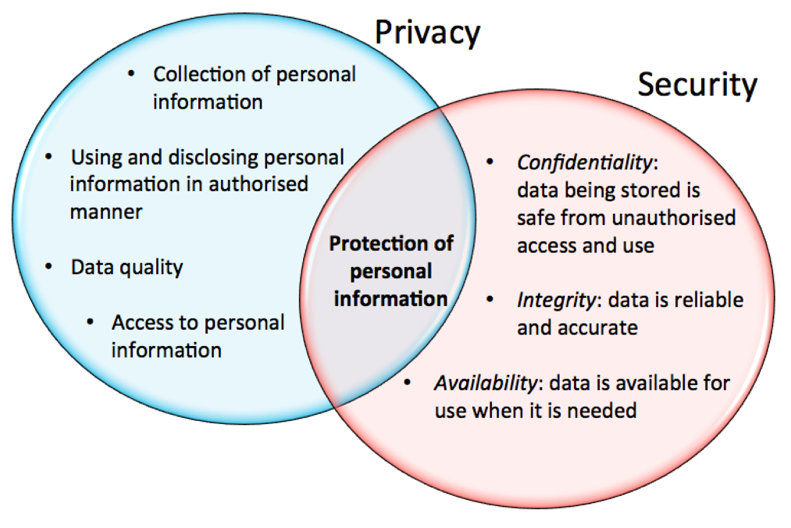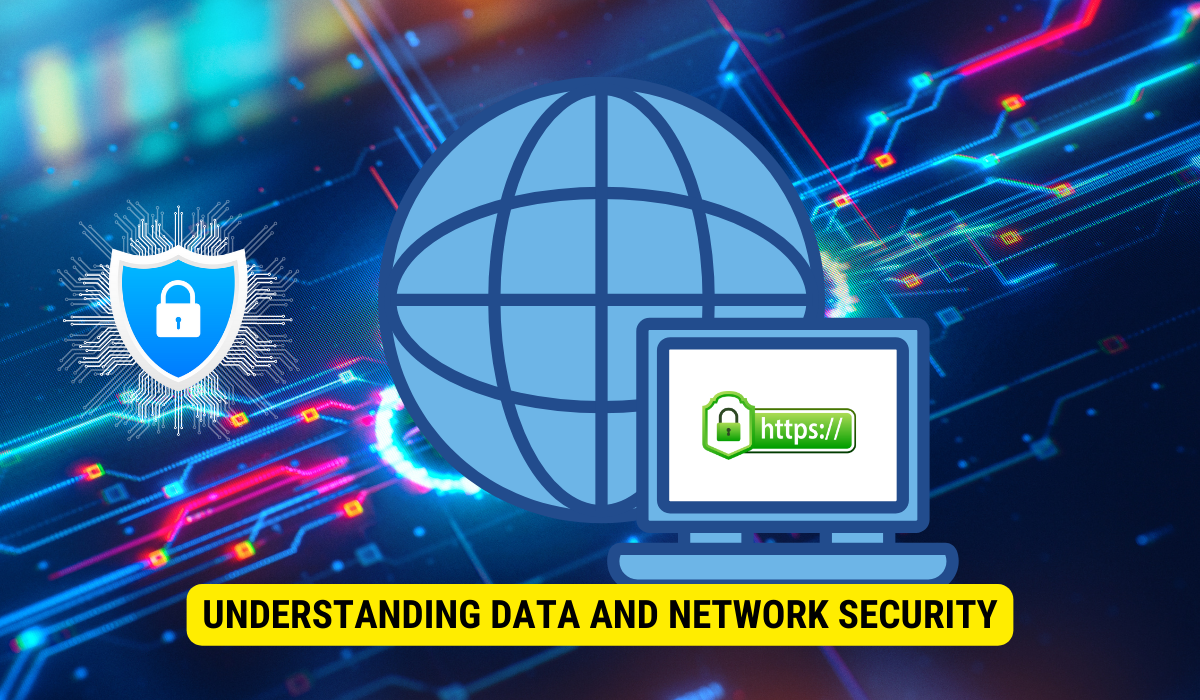Data and Network Security: Protecting Your Organization Against Cyber Threats
Data and Network Security: Protecting Your Organization Against Cyber Threats
Blog Article
Exactly How Data and Network Security Protects Versus Emerging Cyber Hazards
In a period marked by the quick development of cyber hazards, the significance of information and network safety and security has actually never been a lot more pronounced. As these hazards become much more intricate, understanding the interplay in between data protection and network defenses is necessary for mitigating dangers.
Recognizing Cyber Threats

The ever-evolving nature of innovation consistently presents brand-new susceptabilities, making it important for stakeholders to stay alert. People may unconsciously come down with social design tactics, where opponents control them right into divulging sensitive details. Organizations face special obstacles, as cybercriminals typically target them to manipulate valuable data or interfere with procedures.
In addition, the increase of the Web of Points (IoT) has actually expanded the assault surface area, as interconnected devices can offer as access points for opponents. Recognizing the relevance of durable cybersecurity practices is vital for reducing these dangers. By promoting a thorough understanding of cyber companies, risks and individuals can carry out efficient approaches to protect their digital possessions, making sure durability when faced with a significantly complex threat landscape.
Secret Parts of Data Safety
Ensuring data security needs a diverse technique that incorporates numerous vital parts. One essential aspect is data encryption, which transforms delicate details into an unreadable format, available only to authorized users with the appropriate decryption tricks. This offers as a crucial line of defense versus unapproved accessibility.
An additional important component is accessibility control, which controls who can view or adjust data. By executing strict customer authentication protocols and role-based accessibility controls, organizations can minimize the risk of expert dangers and data violations.

Additionally, data masking strategies can be used to secure sensitive information while still permitting its use in non-production environments, such as testing and growth. fft perimeter intrusion solutions.
Network Protection Approaches
Implementing robust network safety and security strategies is vital for protecting a company's electronic facilities. These approaches entail a multi-layered method that includes both software and hardware solutions made to secure the integrity, discretion, and accessibility of data.
One essential element of network safety and security is the deployment of firewall programs, which act as an obstacle between relied on internal networks and untrusted external networks. Firewalls can be hardware-based, software-based, or a mix of both, and they help filter outbound and inbound web traffic based upon predefined protection policies.
Additionally, invasion detection and prevention systems (IDPS) play a vital function in keeping track of network website traffic for questionable activities. These systems visit their website can inform administrators to prospective violations and take action to minimize risks in real-time. Routinely updating and patching software is also important, as susceptabilities can be made use of by cybercriminals.
Furthermore, carrying out Virtual Private Networks (VPNs) makes sure secure remote gain access to, encrypting information transmitted over public networks. Finally, segmenting networks can lower the assault surface and have prospective violations, limiting their effect on the overall facilities. By taking on these strategies, organizations can properly strengthen their networks against arising cyber hazards.
Ideal Practices for Organizations
Establishing ideal techniques for organizations is important in maintaining a solid security pose. A thorough method to data and network safety begins with regular risk assessments to determine vulnerabilities and potential dangers. Organizations should implement robust gain access to controls, making certain that just licensed personnel can access delicate data and systems. Multi-factor authentication (MFA) must be a standard requirement to improve safety layers.
In addition, continual employee training and recognition programs are vital. Staff members should be enlightened on More Help acknowledging phishing attempts, social design methods, and the relevance of adhering to protection methods. Regular updates and spot administration for software application and systems are also crucial to shield versus understood susceptabilities.
Organizations need to create and check occurrence response prepares to make sure readiness for possible breaches. This consists of establishing clear interaction channels and roles during a protection occurrence. Information security should be utilized both at remainder and in transit to secure sensitive details.
Lastly, conducting periodic audits and conformity checks will certainly help guarantee adherence to recognized policies and relevant laws - fft perimeter intrusion solutions. By adhering to these finest techniques, companies can considerably improve their durability versus arising cyber hazards and shield their crucial assets
Future Trends in Cybersecurity
As organizations navigate a progressively complex electronic landscape, the future of cybersecurity is poised to evolve significantly, driven by emerging technologies and moving risk standards. One prominent pattern is the integration of man-made knowledge look at this now (AI) and machine learning (ML) into safety and security frameworks, permitting real-time danger detection and action automation. These modern technologies can examine huge amounts of information to recognize abnormalities and prospective breaches much more effectively than typical techniques.
An additional essential pattern is the increase of zero-trust style, which calls for constant confirmation of individual identities and device protection, no matter of their place. This approach reduces the danger of expert hazards and boosts security against external attacks.
Furthermore, the raising adoption of cloud services necessitates durable cloud safety methods that deal with unique vulnerabilities connected with cloud settings. As remote job becomes a long-term component, securing endpoints will also come to be paramount, resulting in an elevated concentrate on endpoint discovery and feedback (EDR) services.
Last but not least, regulatory compliance will continue to shape cybersecurity methods, pressing organizations to embrace a lot more rigid data defense actions. Embracing these fads will be essential for organizations to strengthen their defenses and navigate the progressing landscape of cyber hazards effectively.
Verdict
In conclusion, the application of durable data and network protection actions is necessary for companies to safeguard versus arising cyber hazards. By making use of file encryption, accessibility control, and reliable network security methods, organizations can dramatically lower vulnerabilities and safeguard sensitive information.
In a period noted by the rapid evolution of cyber threats, the value of information and network security has never been much more noticable. As these risks end up being a lot more complicated, recognizing the interaction in between information protection and network defenses is vital for alleviating dangers. Cyber threats include a wide range of malicious activities intended at jeopardizing the discretion, stability, and accessibility of information and networks. A thorough method to information and network safety starts with regular danger evaluations to recognize vulnerabilities and potential dangers.In final thought, the application of durable information and network safety and security procedures is essential for organizations to protect against emerging cyber threats.
Report this page